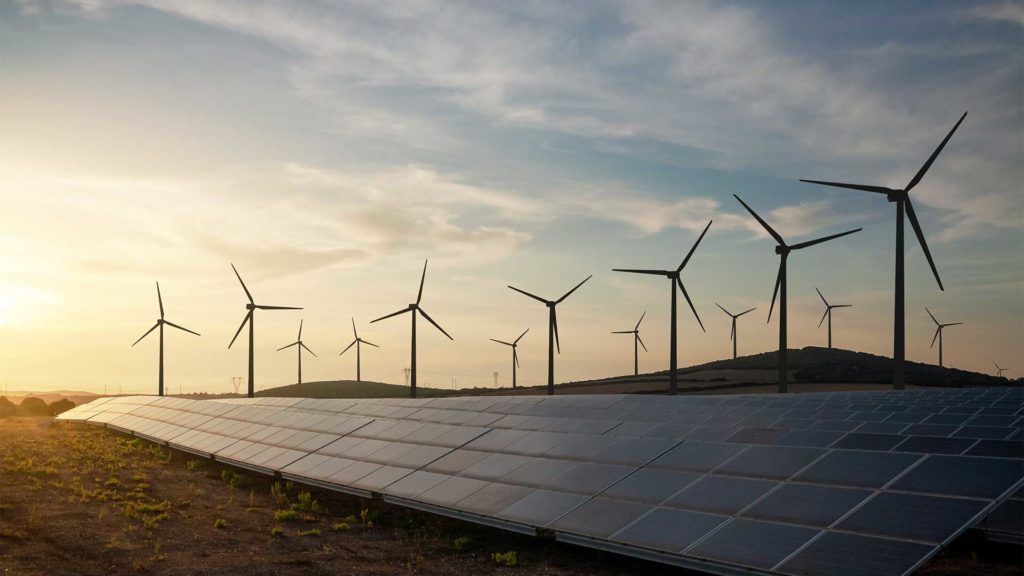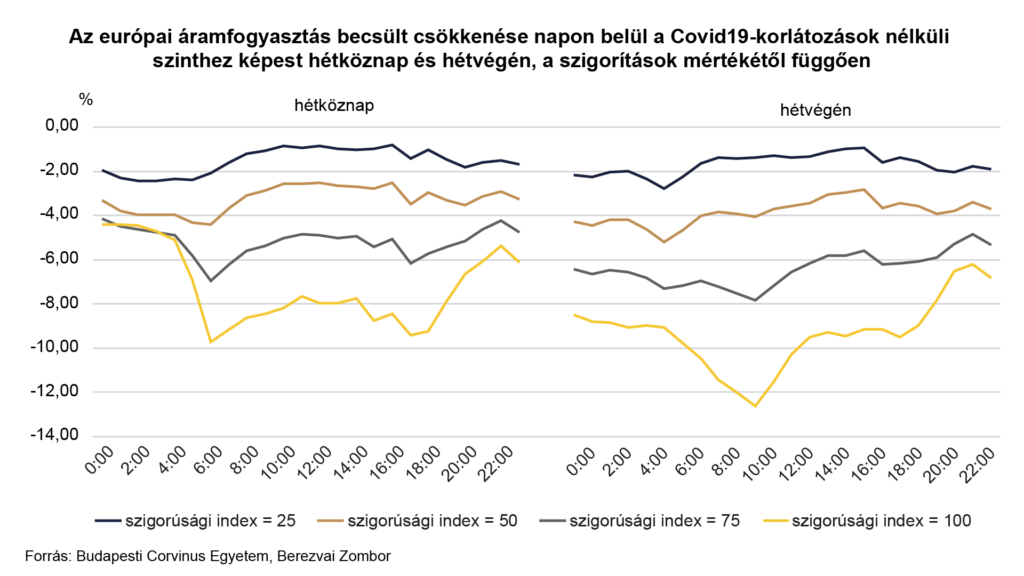European electricity consumption fell between 1-9 percent per day due to Covid19 restrictions

Intraday fluctuations have even reached 13 percent, and the changes have affected member countries in the same way, but mainly occurred when major stringency measures were introduced, according to a study led by a researcher from Corvinus University based on the analysis of data originating from the European Network of Transmission System Operators for Electricity.
The research investigated how government stringency measures affected intraday electricity load curves in 23 EU Member States during the Covid19 pandemic. The econometric panel model used by the researchers – Zombor Berezvai (Corvinus University of Budapest), Oliver Hortay (BME) and Tamás Szőke (Corvinus University of Budapest) – covered the entire period from the emergence of the virus to the start of the vaccination campaigns. The estimate also took into account the introduction, partial lifting and reintroduction of restrictions such as curfews and school closures. The analysis showed similar patterns across EU countries, with government restrictions affecting the load curves very similarly in each Member State.
More stringent restrictions significantly reduced the morning and evening peaks, causing the load curves to flatten. Moreover, the measures introduced had mutually reinforcing effects. The flattening of the load curve was stronger on weekdays, but the decrease in consumption was greater at weekends. That is because consumption fell more during peak hours than off-peak hours on weekdays.
Overall, total daily consumption was reduced by up to 9 percent. The stringency measures resulted in hourly decreases of between 1-9% on weekdays and between 1-13% on weekends. Low level of restrictions resulted in greater electricity consumption reduction during morning and evening (0.08%-0.12%) and weaker during the day. With medium levels of restrictions, electricity consumption fell relatively steadily (between 0.04% and 0.10%) throughout the day. The most stringent measures led to a sharp drop in electricity consumption during working hours, and a moderate drop in the evening, with low or zero effect at dawn and early morning. No significant impact could be shown between 8 pm and 6 am on weekends, but during the day the restrictions had a significant impact on electricity consumption. With the introduction of more severe stringency measures, there was a drop of even 13 per cent over the weekend morning period.
The study also notes that temperature had a more significant effect on electricity consumption at weekends than on weekdays. When it was on average colder than -10°C, consumption was 2-6 percent higher (depending on the time of day) compared to the case of having an average temperature between 10 and 15°C. At 0°C, the increase was 1-2 percent, and above 25°C, electricity consumption increased by up to 2.5 percent.
The results of the research can help capacity planning in the electricity sector, and can lead to more accurate demand forecasts that can also support commercial decisions, thus helping to prevent extreme market mismatches between supply and demand. The study was published in Sustainable Energy, Grids and Networks under the title of The impact of COVID-19 measures on intraday electricity load curves in the European Union: A panel approach.
